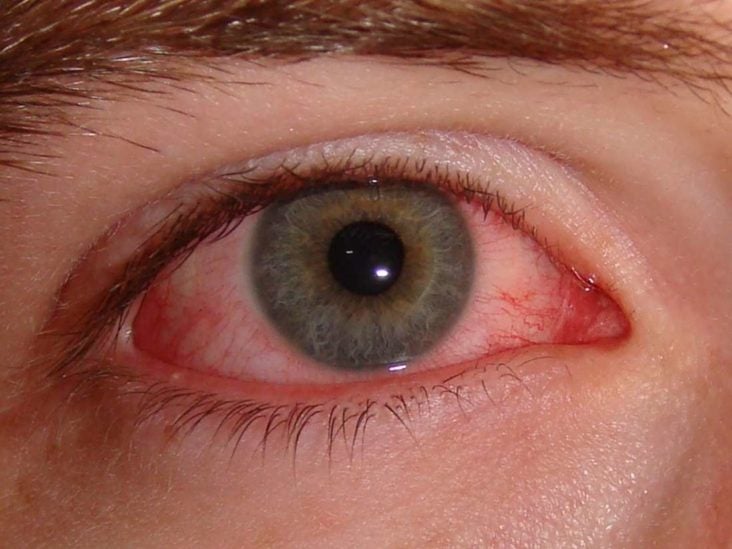Warning disturbing images!

Glaucoma
Glaucoma is a group of eye conditions that damage the optic nerve, the health of which is vital for good vision. This damage is often caused by an abnormally high pressure in your eye. Many forms of glaucoma have no warning signs. The effect is so gradual that you may not notice a change in vision until the condition is at an advanced stage. If left untreated, glaucoma will eventually cause blindness. Even with treatment, about 15 percent of people with glaucoma become blind in at least one eye within 20 years. The most common type of glaucoma (open-angle glaucoma) often has no symptoms other than slow vision loss. Angle-closure glaucoma, although rare, is a medical emergency and its symptoms include eye pain with nausea and sudden visual disturbance. Treatment includes eye drops, medications, and surgery.

Pinkeye
Pink eye is an irritation or inflammation of the conjunctiva, which covers the white part of the eyeball. It can be caused by allergies or a bacterial or viral infection. Pink eye is one of the most common eye infections in children and adults. Between three and six million cases of pink eye occur in the U.S. each year. If you get pink eye from bacteria, you can spread pink eye while you have symptoms or until about 24 to 48 hours after starting antibiotic treatment. If you get pink eye from a virus, you can spread it for as long as you have symptoms and even before you develop symptoms. This could be for several days. If your pink eye is caused by bacteria, you’ll likely be given a prescription for antibiotics (eye drops, ointments or pills).

Age Related Mocular Degeneration
Age-related macular degeneration (AMD) is an eye disease that can blur your central vision. It happens when aging causes damage to the macula. Macular degeneration causes loss in the center of the field of vision. In dry macular degeneration, the center of the retina deteriorates. With wet macular degeneration, leaky blood vessels grow under the retina. It causes loss of the central vision you need to see details straight ahead, blurry or wavy areas in your central vision. Most people with AMD have dry AMD (also called atrophic AMD). This is when the macula gets thinner with age. Wet AMD (also called advanced neovascular AMD), is a less common type of late AMD that usually causes faster vision loss. Any stage of dry AMD can turn into wet AMD — but wet AMD is always late stage.